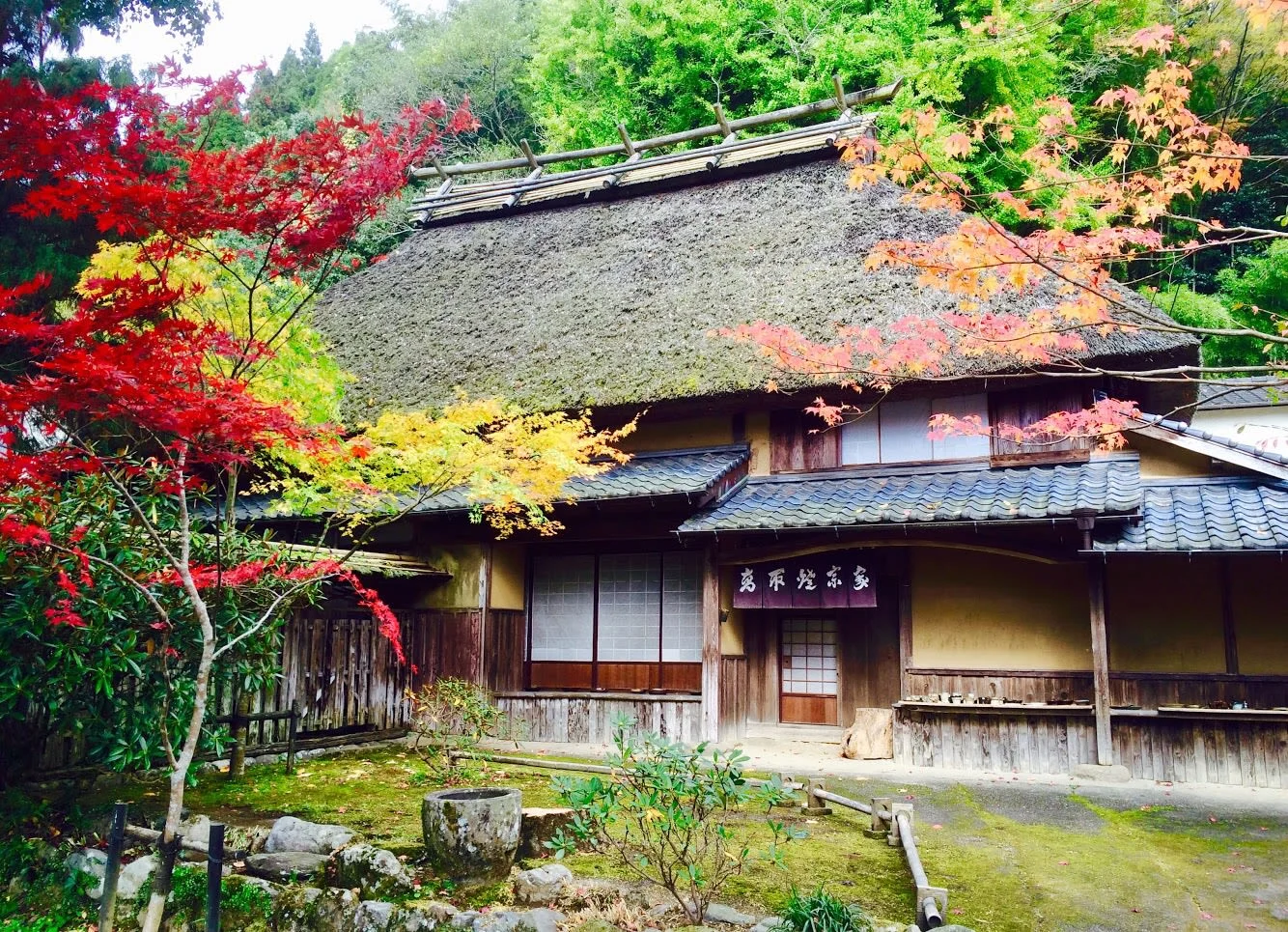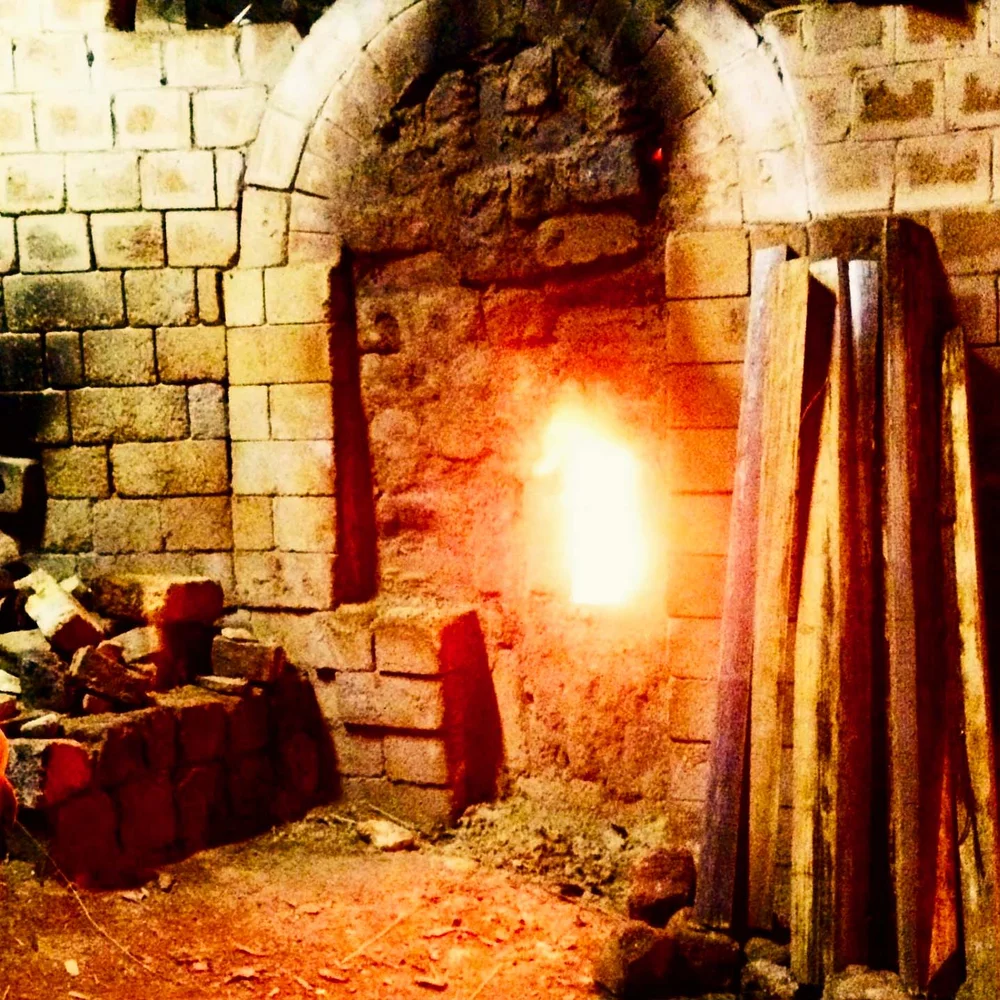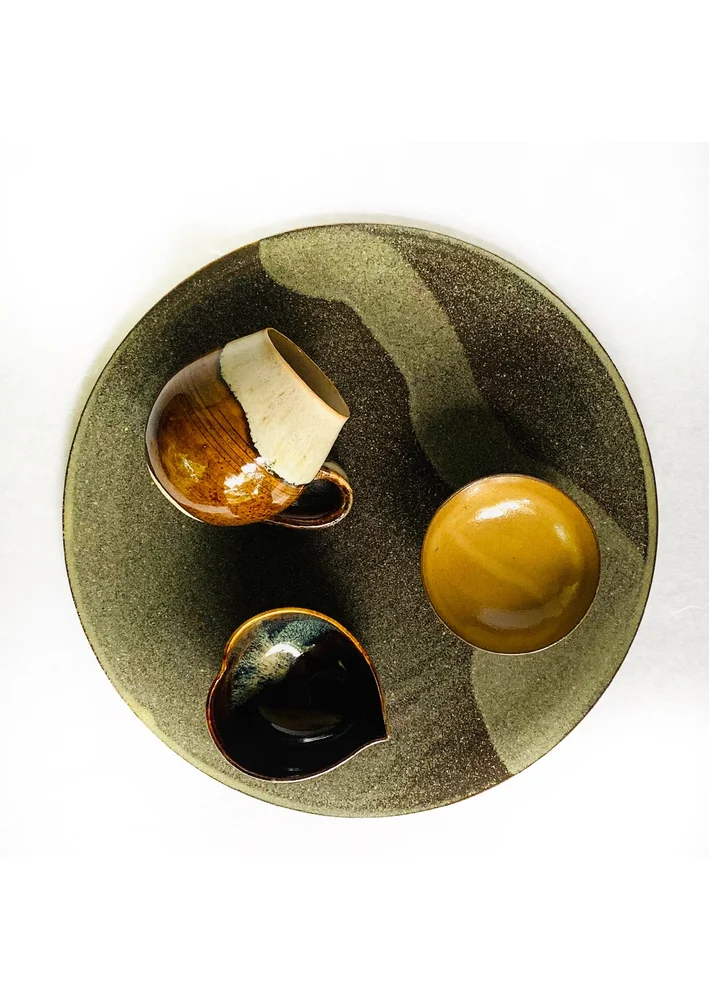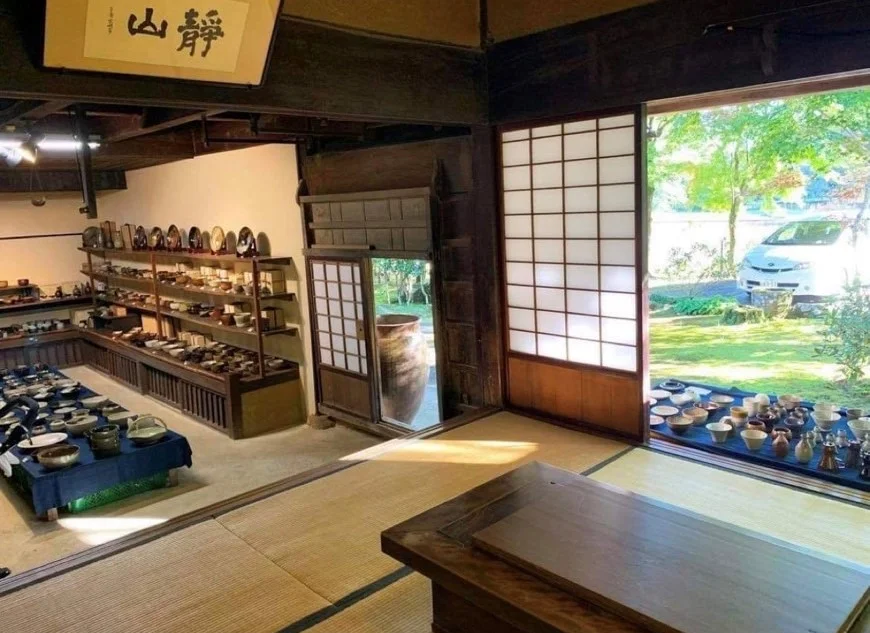Glaze Your Own Ceramic Tableware at a Takatori Ware Studio
Overview
Visit Takatoriyaki Souke to discover the rich history of the simple but elegant Takatori ware, one of Fukuoka’s homegrown ceramic wares. You'll not only tour this historically significant studio, but also try glazing your own Takatori ware.
Highlights
- Visit a studio run by descendants of the father of Takatori ware
- Learn about Takatori ware’s centuries-old history
- Choose from among a wide range of glazes to decorate your own Takatori ware
- Admire the understated elegance of Takatori ware
- Enjoy matcha tea and Japanese sweets in a tearoom where Sun Yat-sen once stayed




